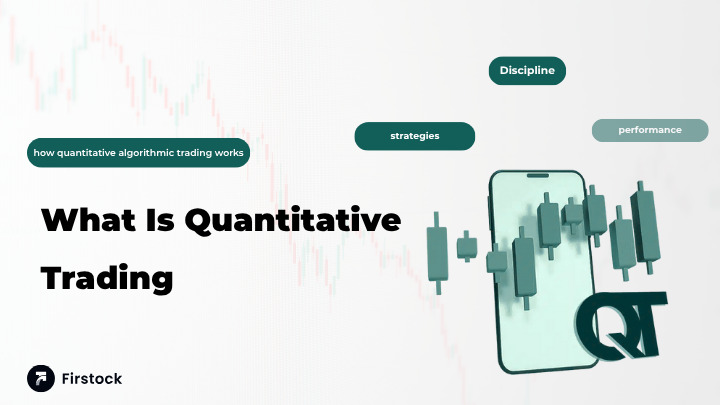In today’s digital era, financial institutions, lenders, and businesses rely heavily on data-driven tools to make smarter decisions. One such tool that has transformed financial analysis and credit assessment is the Bank Statement Analyzer. Designed to simplify and automate the process of reviewing bank statements, this innovative software saves time, minimizes errors, and provides deeper insights into an individual’s or business’s financial health. But what exactly is a Bank Statement Analyzer, and how does it work? Let’s explore this in detail.
Understanding What a Bank Statement Analyzer Is
A Bank Statement Analyzer is a digital tool or software that automatically reads, extracts, and interprets data from bank statements. Instead of manually going through pages of transactions, this tool quickly summarizes income, expenses, recurring payments, cash flow patterns, and account balances.
Financial institutions, NBFCs (Non-Banking Financial Companies), fintech companies, and even accounting firms use these analyzers to assess creditworthiness, detect fraud, and understand financial behaviors. Whether it’s for loan processing, risk assessment, or bookkeeping, a Bank Statement Analyzer helps transform raw transactional data into meaningful financial insights.
Why Businesses and Lenders Use Bank Statement Analyzers
Traditionally, analyzing bank statements was a manual and time-consuming process. Employees had to go line by line to verify transactions, identify patterns, and calculate averages. This method not only consumed valuable time but also increased the chances of human error.
With a Bank Statement Analyzer, the entire process is automated. The tool can read PDF or Excel statements, recognize transaction patterns, and categorize income and expenses with incredible accuracy. This leads to:
- Faster Loan Processing: Lenders can instantly evaluate the financial standing of borrowers.
- Accurate Risk Assessment: The analyzer identifies red flags like frequent overdrafts, bounced cheques, or inconsistent income.
- Fraud Detection: It detects manipulated or fake bank statements using advanced AI-based algorithms.
- Efficiency in Decision-Making: It provides structured insights for quick and confident financial decisions.
How a Bank Statement Analyzer Works
The working of a Bank Statement Analyzer involves several stages, combining artificial intelligence, machine learning, and OCR (Optical Character Recognition) technologies. Here’s a step-by-step overview of how it functions:
1. Data Extraction
The first step involves uploading the bank statements—usually in PDF, scanned, or Excel format—into the analyzer. Using OCR technology, the tool reads and extracts key information such as transaction dates, descriptions, amounts, and balances.
This step eliminates the need for manual data entry, ensuring that even large volumes of statements can be processed in seconds.
2. Data Cleaning and Standardization
Once data is extracted, the analyzer cleans and standardizes it. Since different banks format statements differently, the software harmonizes all data into a uniform structure. This ensures that the output is consistent, readable, and ready for analysis.
3. Categorization of Transactions
Each transaction is then automatically classified into categories such as salary, rent, utilities, EMI payments, transfers, and withdrawals. The Bank Statement Analyzer uses pre-trained AI models to recognize transaction patterns and keywords for accurate categorization.
4. Financial Analysis and Pattern Recognition
The tool then performs an in-depth analysis of the categorized data. It identifies trends like:
- Monthly income consistency
- Expense-to-income ratio
- Average balance maintenance
- Overdraft frequency
- Loan repayment behavior
This helps users understand financial discipline, spending habits, and liquidity positions.
5. Fraud Detection and Validation
Advanced analyzers come with fraud detection capabilities. They can identify edited or tampered statements by analyzing inconsistencies in font, layout, metadata, or transaction logic. This is crucial for lenders who want to avoid risks associated with fake financial documents.
6. Reporting and Visualization
After analysis, the tool generates detailed reports and dashboards. These include key financial metrics, cash flow graphs, and risk scores, making it easy to interpret complex data at a glance.
Key Features of a Bank Statement Analyzer
A powerful Bank Statement Analyzer comes with several features that make it indispensable for modern financial operations:
- Multi-bank Support: Works with statements from all major banks and formats.
- AI & ML Integration: Continuously learns and improves categorization accuracy.
- PDF and Image Parsing: Extracts data even from scanned or image-based statements.
- Customizable Reports: Generates tailored insights based on the user’s needs.
- API Integration: Can be integrated into existing loan or accounting software systems.
- Fraud Detection Algorithms: Identifies manipulated or suspicious data patterns.
Benefits of Using a Bank Statement Analyzer
Using a Bank Statement Analyzer provides numerous advantages for both businesses and individuals:
- Time Efficiency: What used to take hours or days can now be done in minutes.
- Error Reduction: Automation eliminates human mistakes in manual calculations.
- Data Accuracy: Extracted data is verified and standardized for consistent quality.
- Enhanced Credit Decisioning: Lenders get a clear financial picture of applicants.
- Improved Compliance: Digital records are easier to audit and store.
- Better Customer Experience: Faster approvals and reduced paperwork lead to happier clients.
Use Cases of Bank Statement Analyzers
- Banking and NBFCs: For evaluating loan applicants’ creditworthiness.
- Fintech Companies: To automate KYC and underwriting processes.
- Accountants and Auditors: To streamline reconciliation and reporting.
- Businesses: For internal financial management and expense tracking.
The Future of Bank Statement Analysis
As financial technology continues to evolve, the capabilities of Bank Statement Analyzers are expanding rapidly. Future versions will leverage predictive analytics to forecast financial health, detect early signs of default, and even integrate with real-time banking APIs.
With AI and automation becoming central to financial decision-making, a Bank Statement Analyzer is no longer a luxury—it’s a necessity for anyone dealing with large volumes of financial data.
Conclusion
A Bank Statement Analyzer is revolutionizing how financial data is interpreted and utilized. By automating the extraction, categorization, and analysis of transactions, it empowers lenders, accountants, and businesses to make faster, smarter, and more accurate financial decisions.In a world where precision and speed define success, adopting a Bank Statement Analyzer is the key to unlocking efficiency, reliability, and deeper financial insight.




